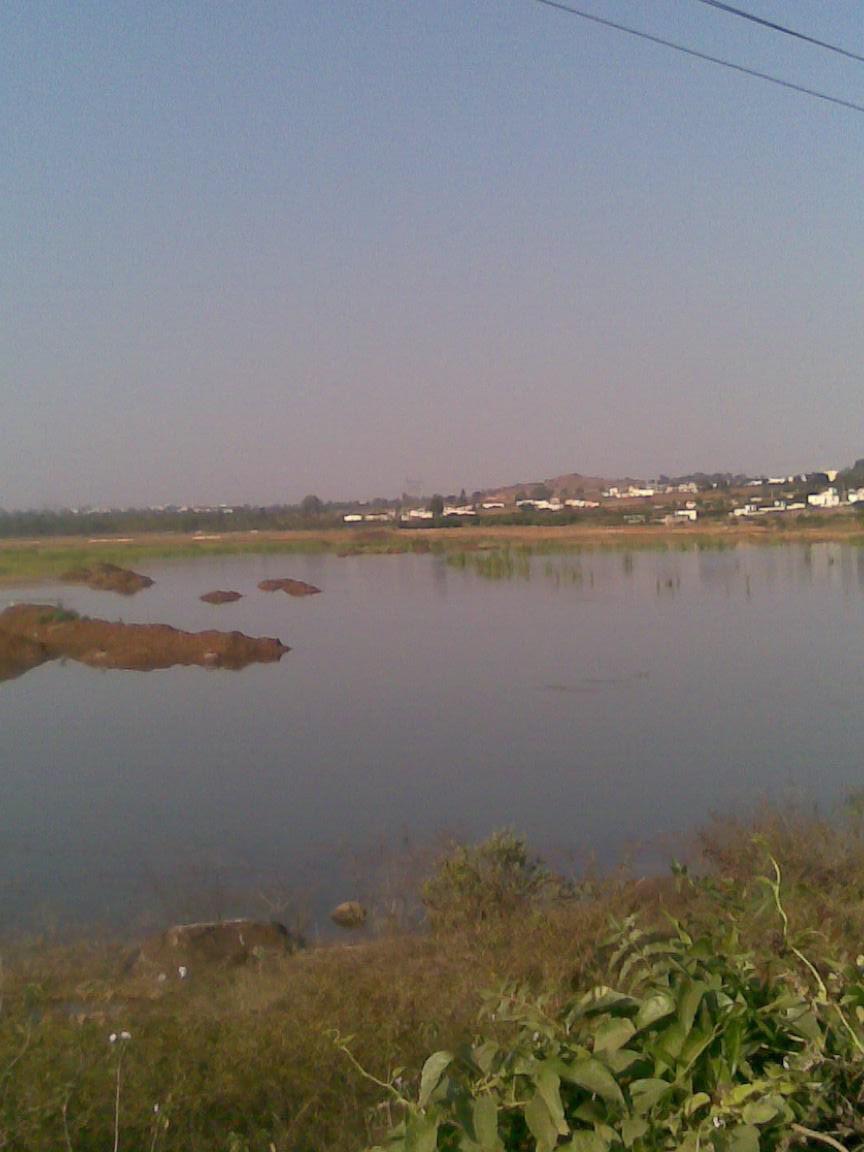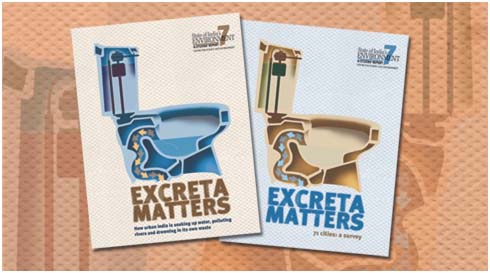/topics/chemical-pollution
Chemical Pollution
Assessment of the environmental flows requirements for the Upper Ganga basin: A report by the World Wide Fund for Nature (India)
Posted on 22 Jun, 2012 02:27 PMThe Ganga is the most sacred river in the sub-continent, and revered by millions.It is also among the top ten rivers at risk. The key threat to the river is indiscriminate abstraction of water from the river, leavng it unable to maintain its ecological integrity or to satisfy the needs of riparian communities.
Land, water and local people - A case study of the Bangalore Mysore Infrastructure Corridor - A Masters' dissertation - Tata Institute of Social Sciences
Posted on 15 Jun, 2012 07:28 PM This thesis/report presents the findings of a study that was conducted for the fulfillment of the Masters degree at the School of Habitat Studies, Tata Institute of Social Sciences.
This thesis/report presents the findings of a study that was conducted for the fulfillment of the Masters degree at the School of Habitat Studies, Tata Institute of Social Sciences.
Sarakki lake in Bangalore is almost dead and needs quick action to be revived
Posted on 07 Jun, 2012 04:39 PMSarakki Lake, also known as Jagaranahalli Lake located in South Bangalore is one of the oldest lakes in Bangalore, and once upon a time one of the most glorious. It has now become a reservoir for untreated sewage and a dumping yard for the surrounding neighbourhoods. This lake was a source of water for four villages up until just a few years ago.
Water quality index of surface water bodies of Gujarat, India - Paper published in the Asian Journal of Experimental Sciences
Posted on 25 May, 2012 10:51 PMThis paper from the journal Asian Journal of Experimental Sciences presents the findings of a study that attempted to assess the physicochemical parameters of surface water in Gujarat state to explore the suitability of water
Effects of industrial and agricultural activities on properties of groundwater - A paper published in the Bulletin of Environment, Pharmacology & Life Sciences
Posted on 05 May, 2012 03:24 PMThe main sources of groundwater contamination are industrial, municipal and agricultural wastes (both solid and liquid), rocks, sludge and slimes, refuse, pesticides, herbicides, effluents from livestock and poultry farms. Many pollutants are even able to penetrate into groundwater aquifers.
"Excreta Matters" - A profile of the water and sewage situation in 71 Indian cities - A report by the Centre for Science and Environment
Posted on 02 May, 2012 12:24 PMGuset post: Amita Bhaduri

Source: Excreta Matters, Centre for Science and Environment, 2012
People in National capital territory of Delhi are far away from safe drinking water: Role of governance and civil society
Posted on 30 Apr, 2012 09:56 PMPhysicochemical assessment of water quality with respect to remote sensing and GIS techniques - Paper published in the journal Advances in Pure and Applied Chemistry
Posted on 30 Apr, 2012 12:43 PMThe paper informs that current techniques normally used in the country for monitoring and assessment of the quality of water bodies involve in situ measurement and/or the collection of water samples for subsequent laboratory analysis of the chemical, physical and biological characteristics of water.
Depleting water resources in Thalassery, Kerala: Huge effort is required to address water supply and sewerage handling issues
Posted on 22 Apr, 2012 02:57 PMAuthor : Fazal Maliyakkal
A framework for rural drinking water quality management, based on experiences from the voluntary sector - A learning document by Arghyam
Posted on 20 Apr, 2012 04:33 PMThe phases that have been identified for a sustainable WQM programme are:
(1) Assessment of baseline situation
(2) Participatory planning
(3) Water quality monitoring
(4) Implementation





